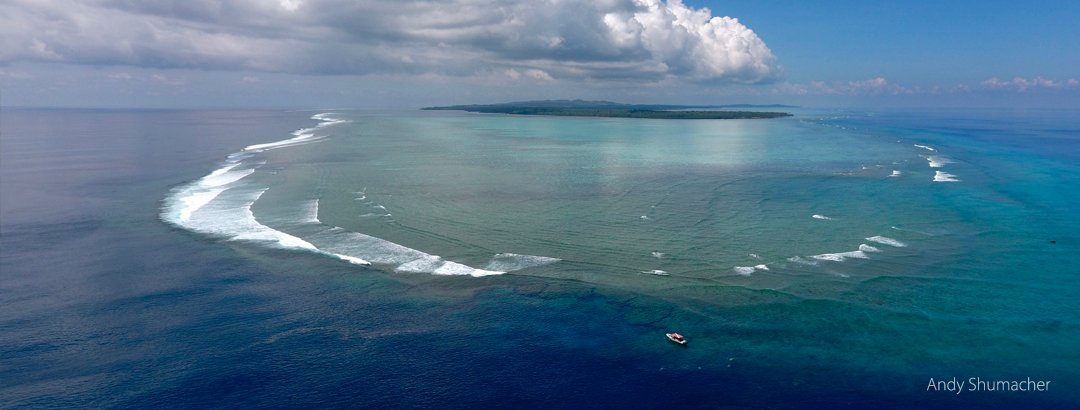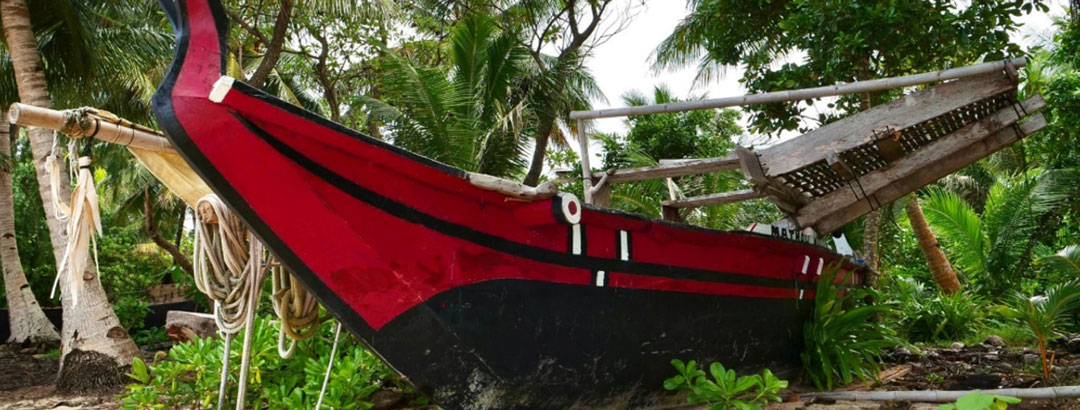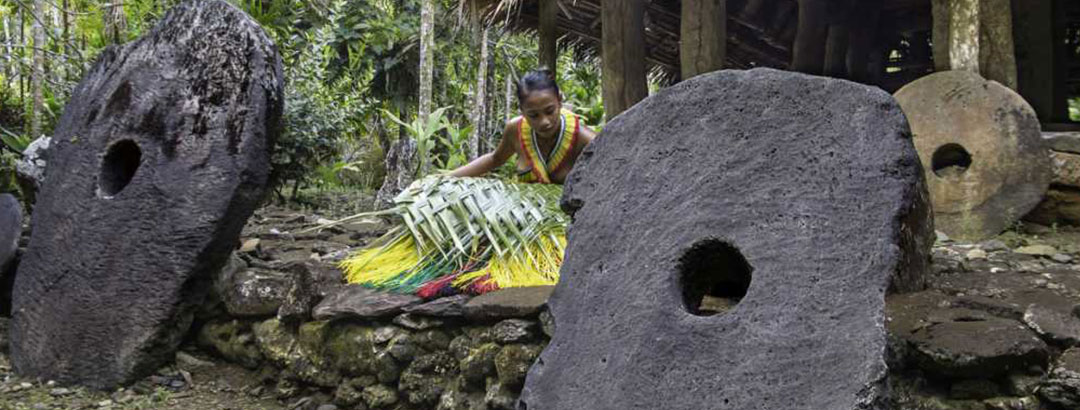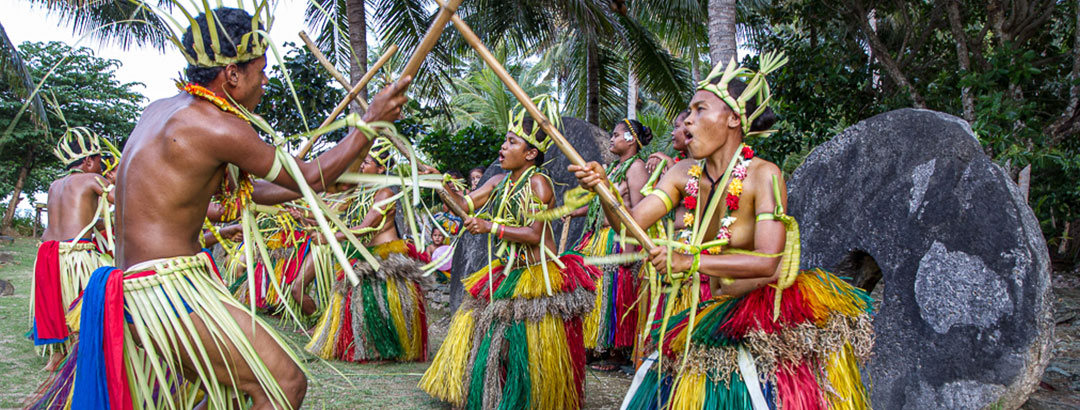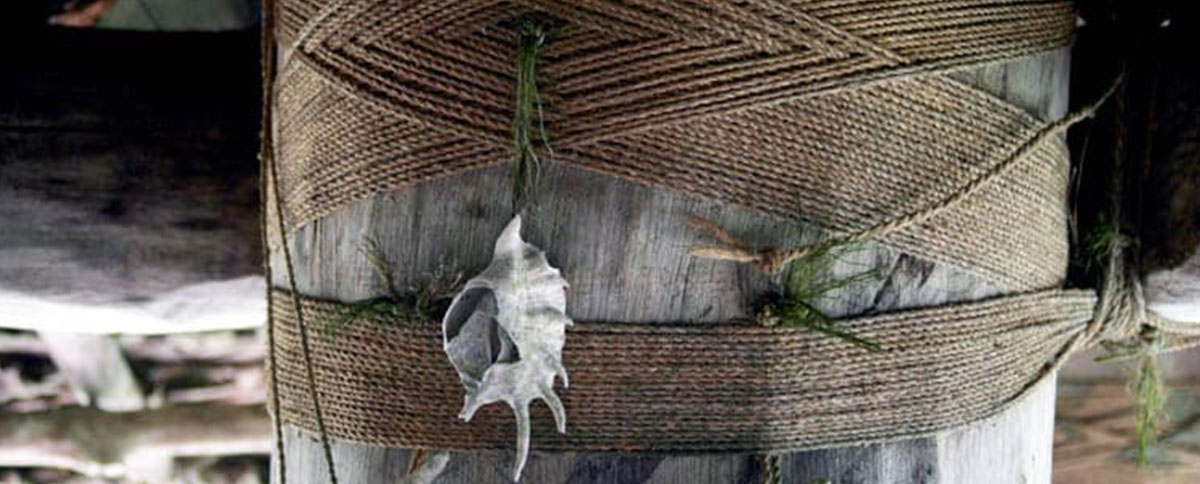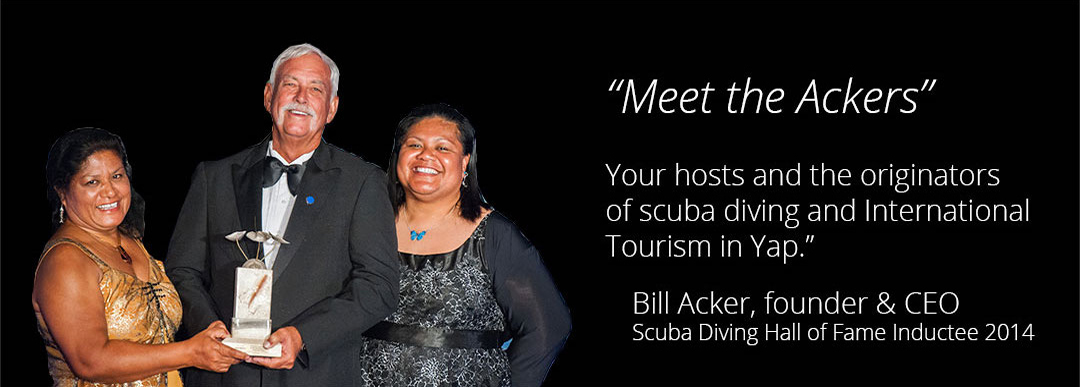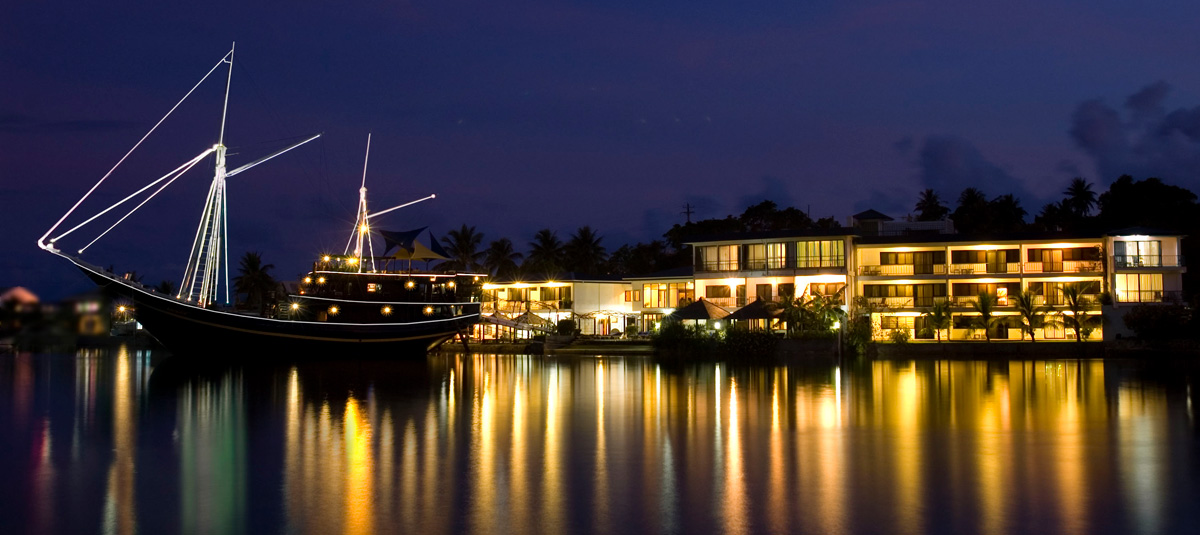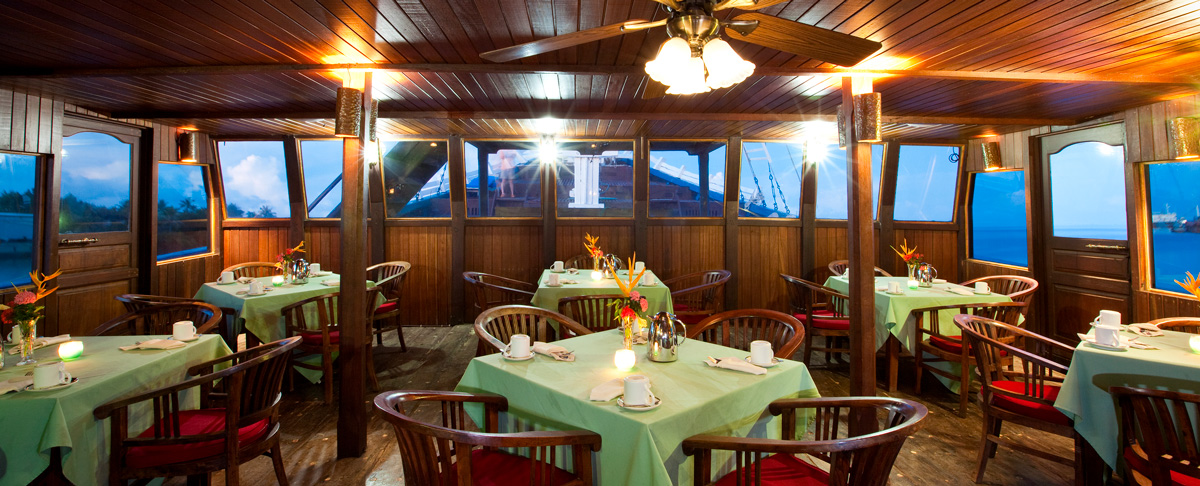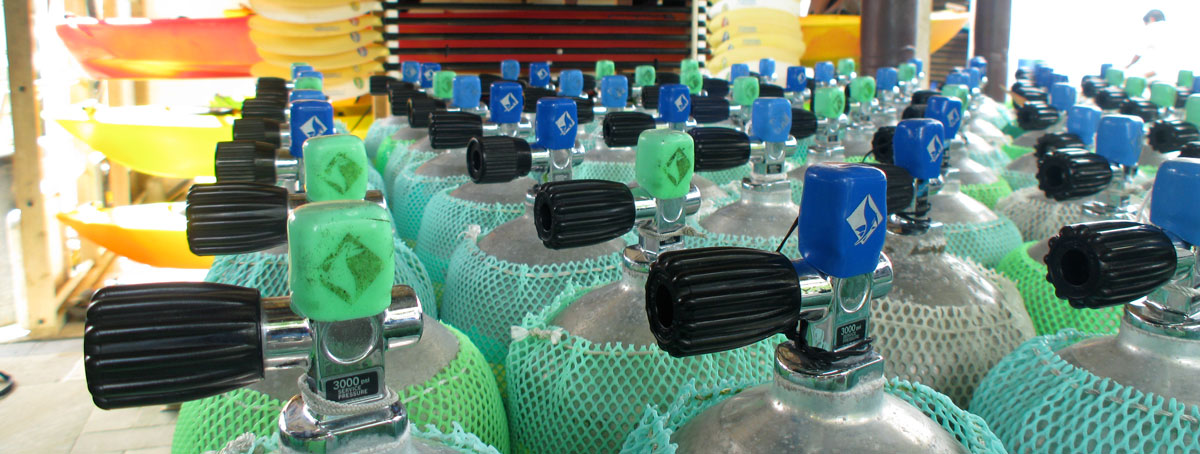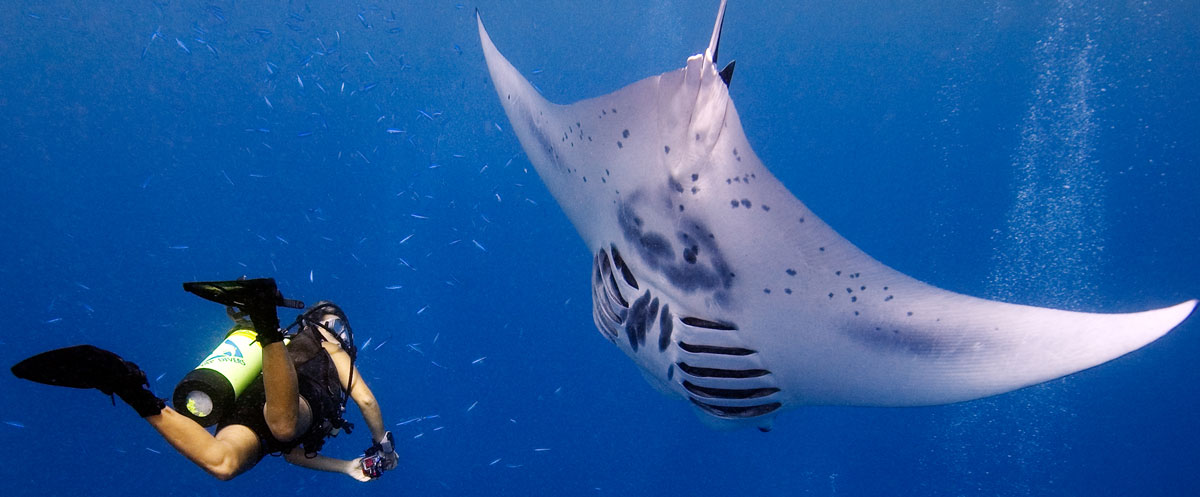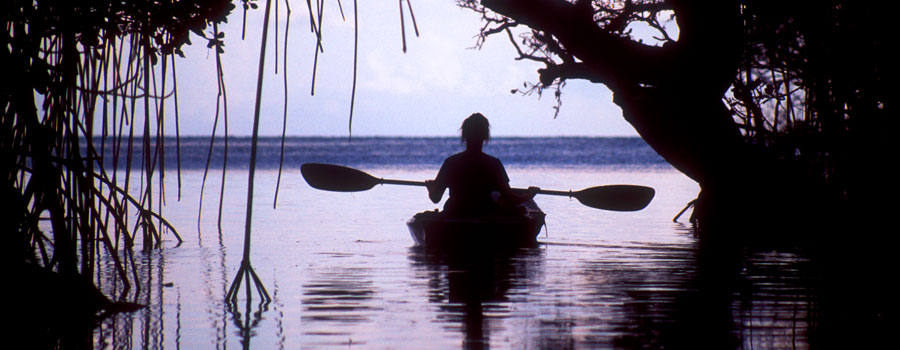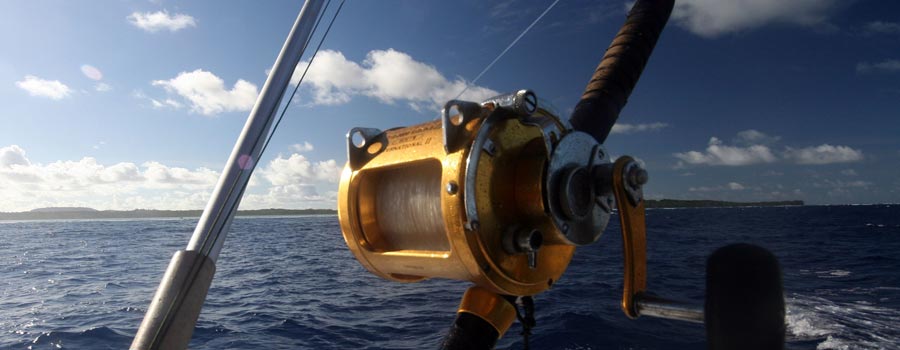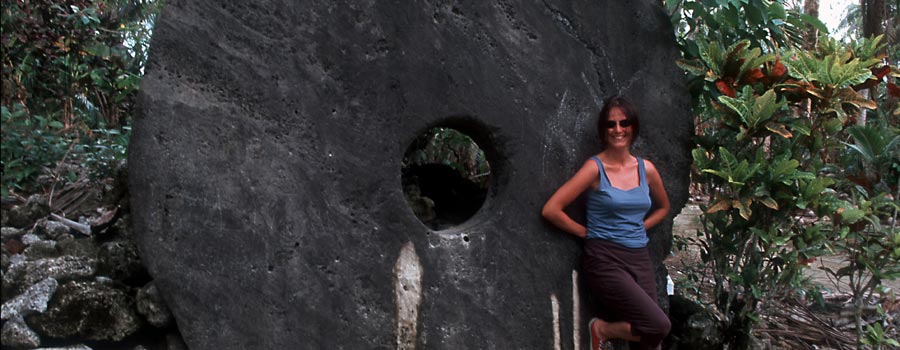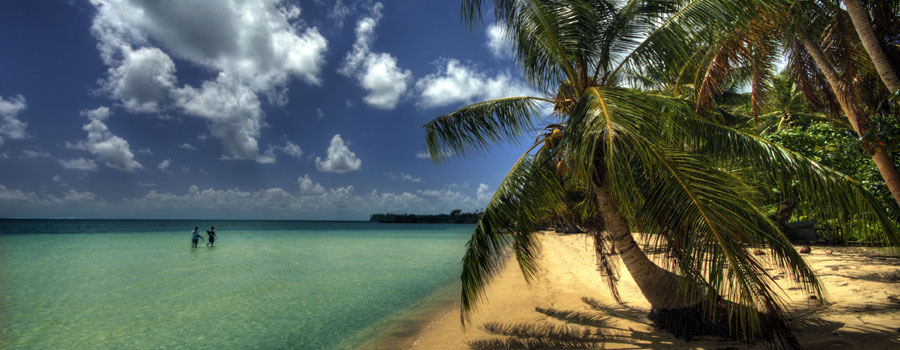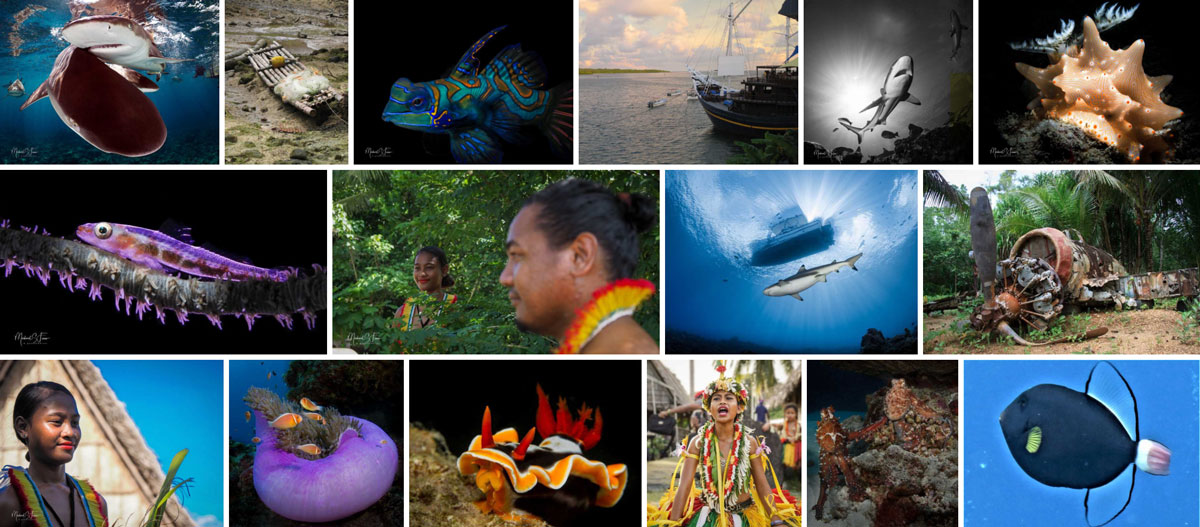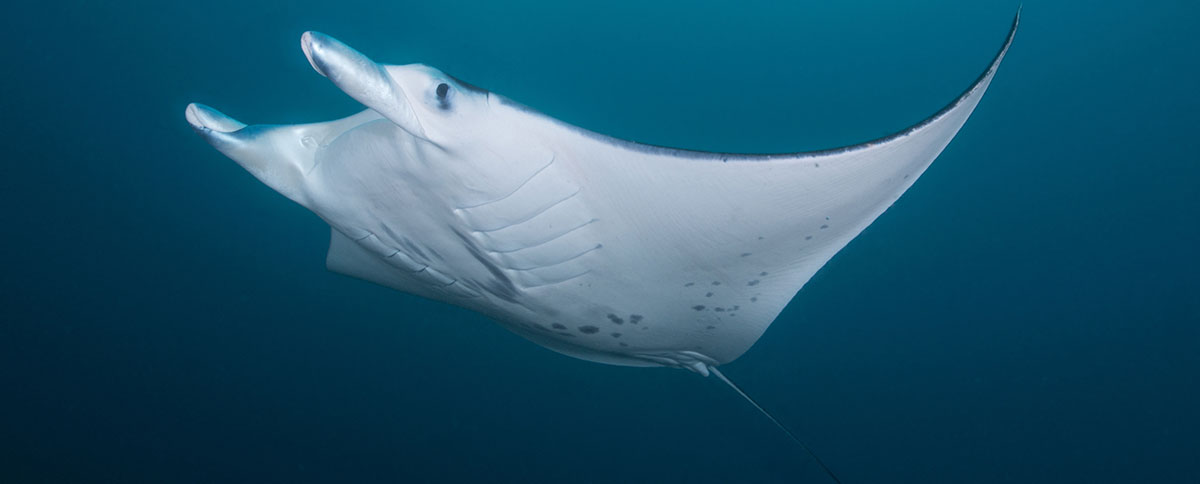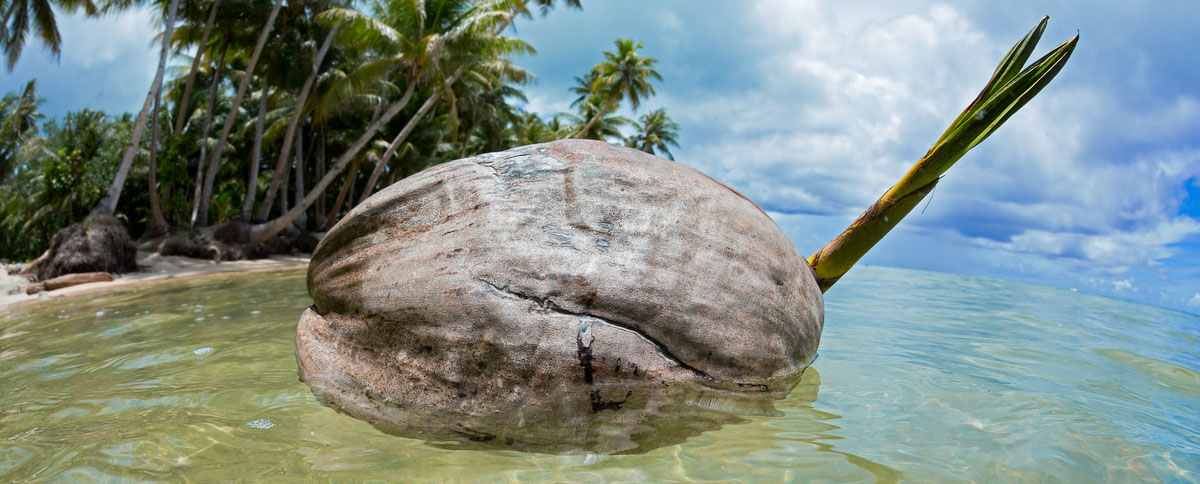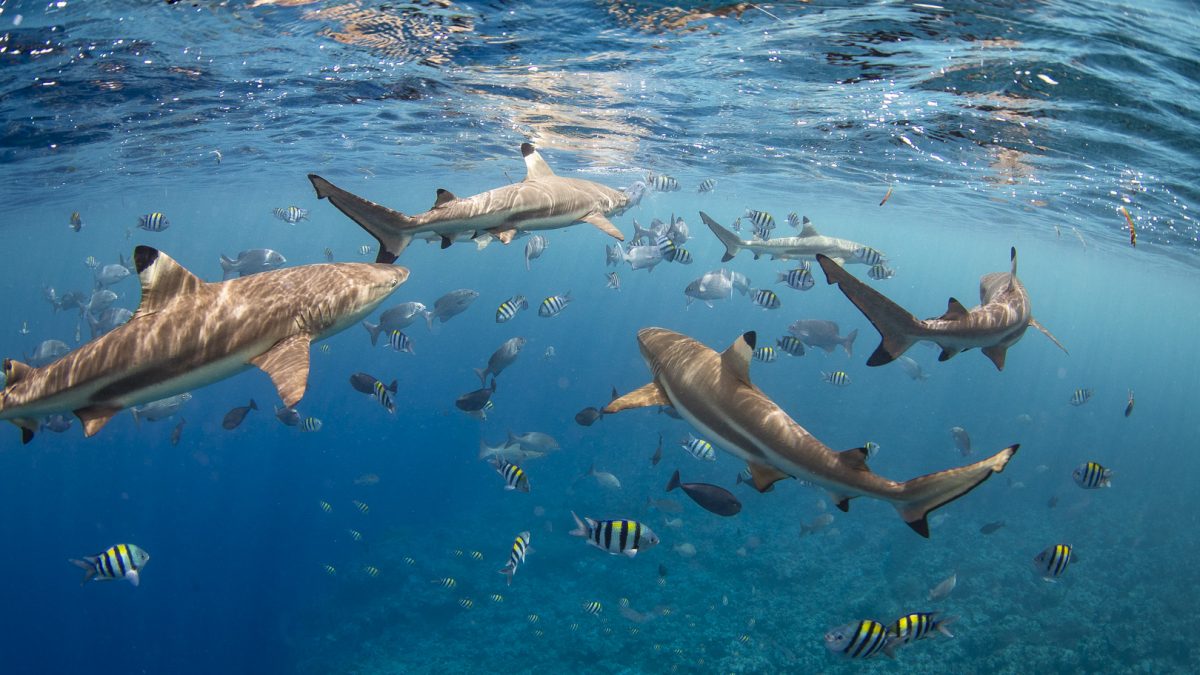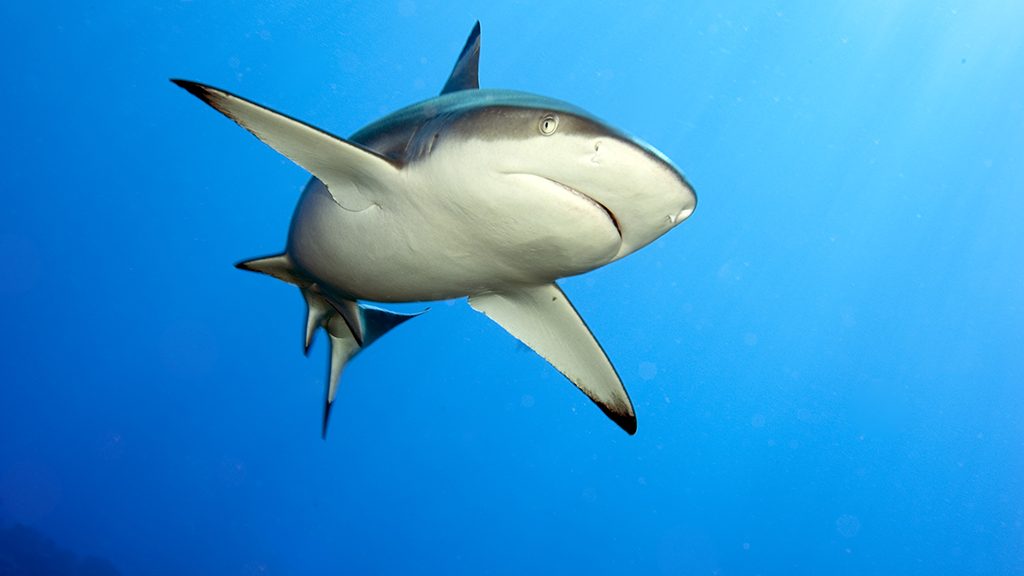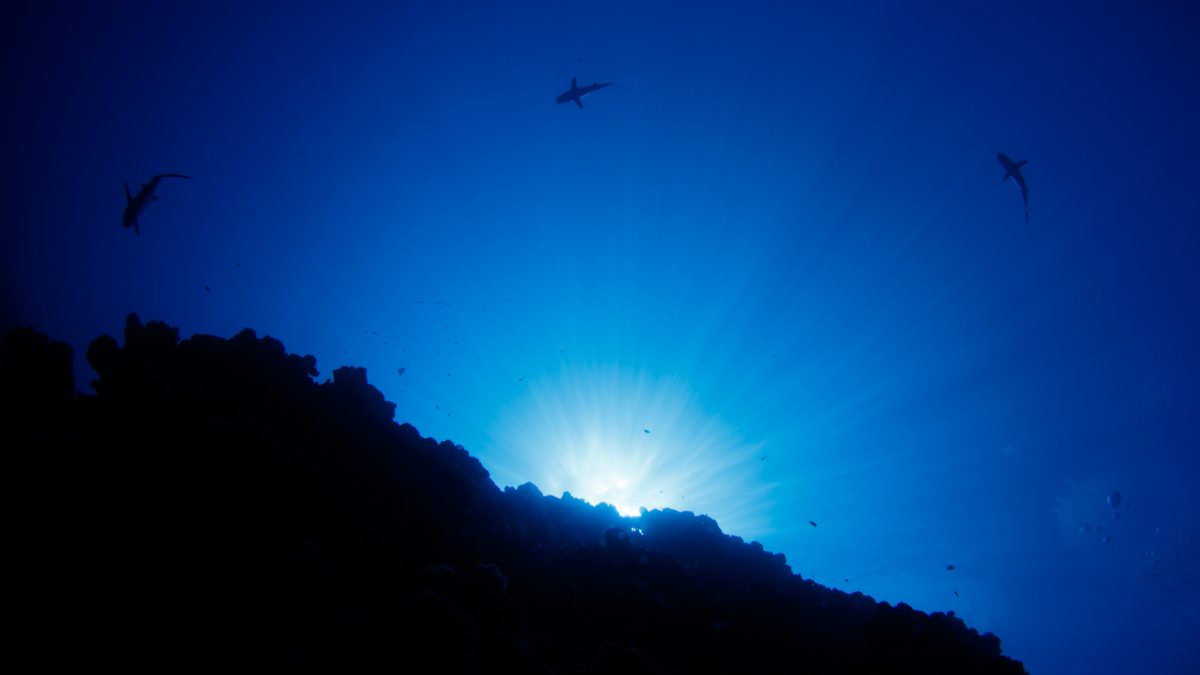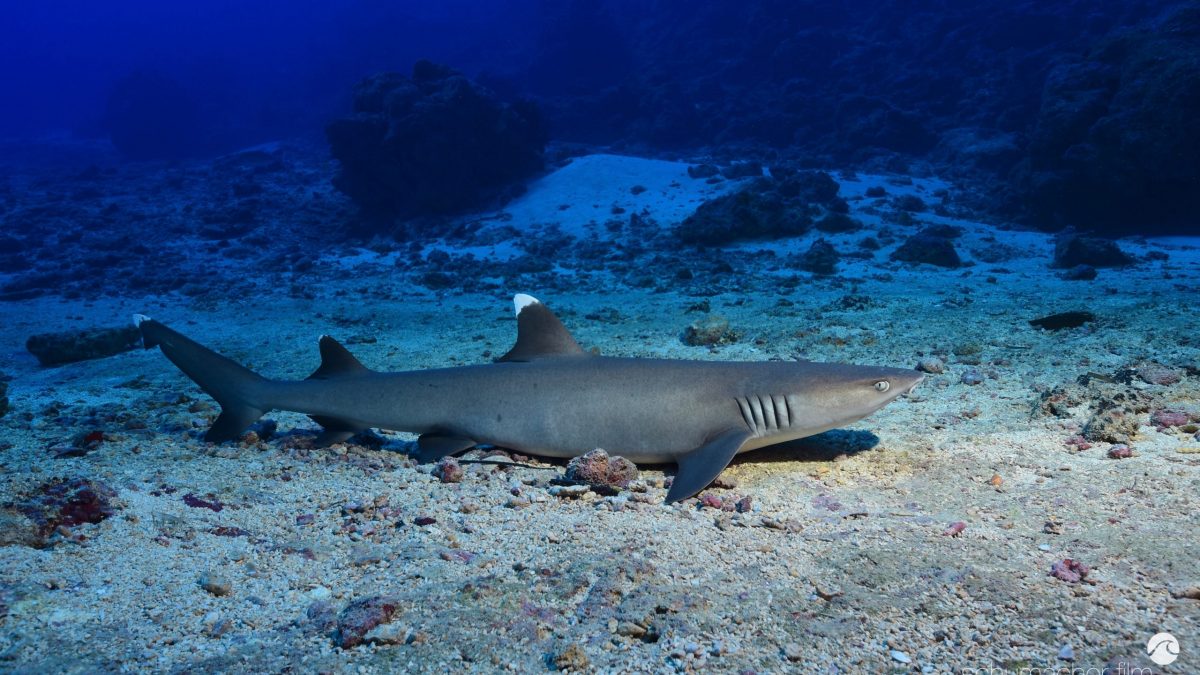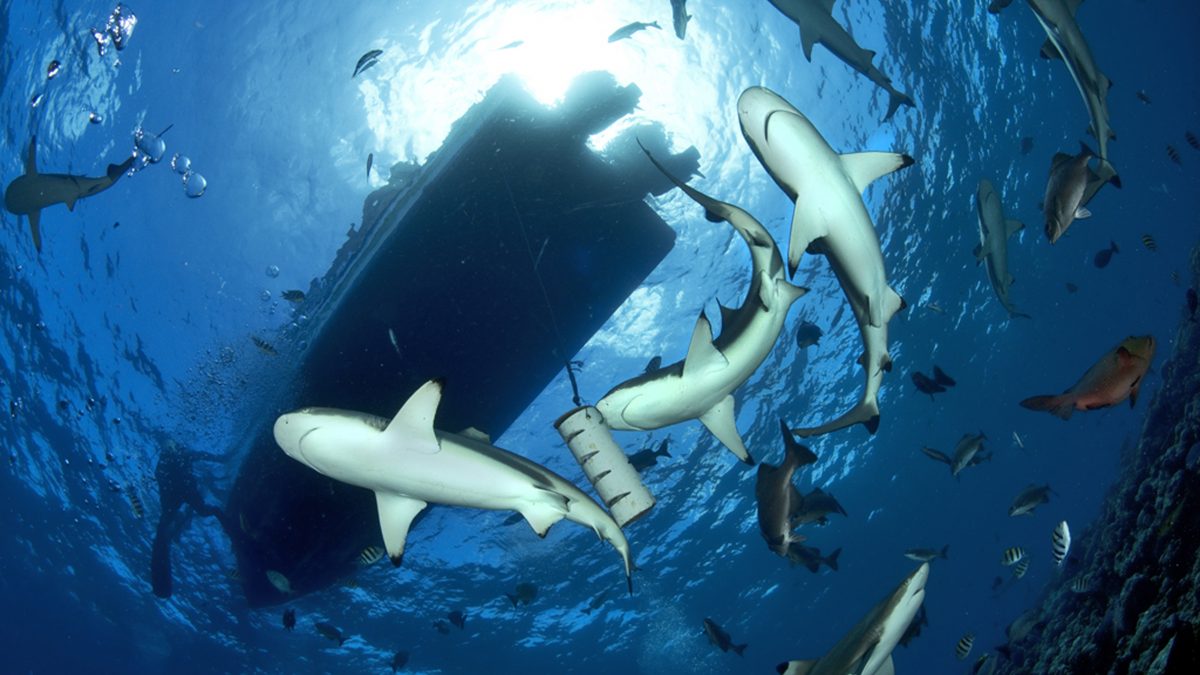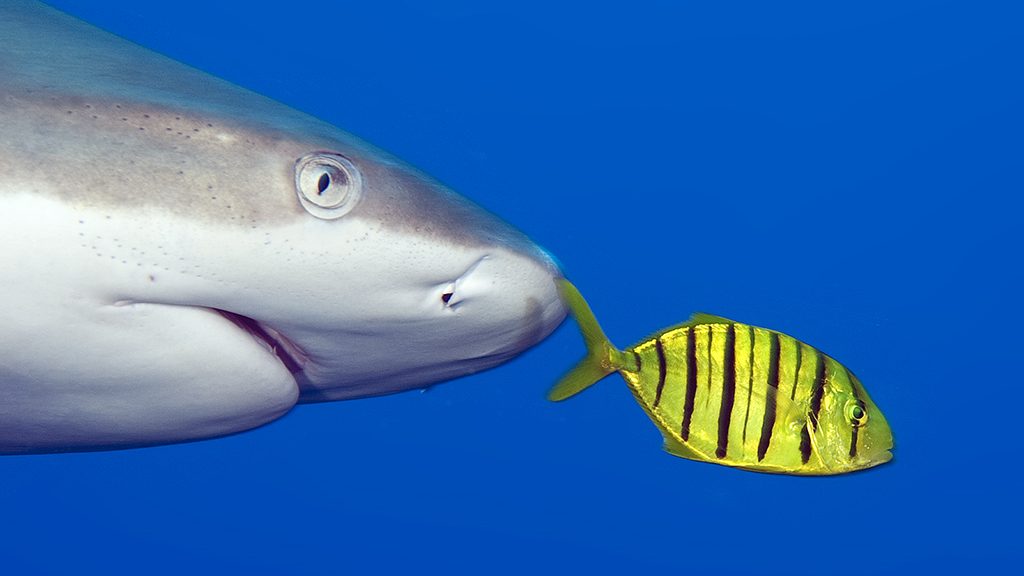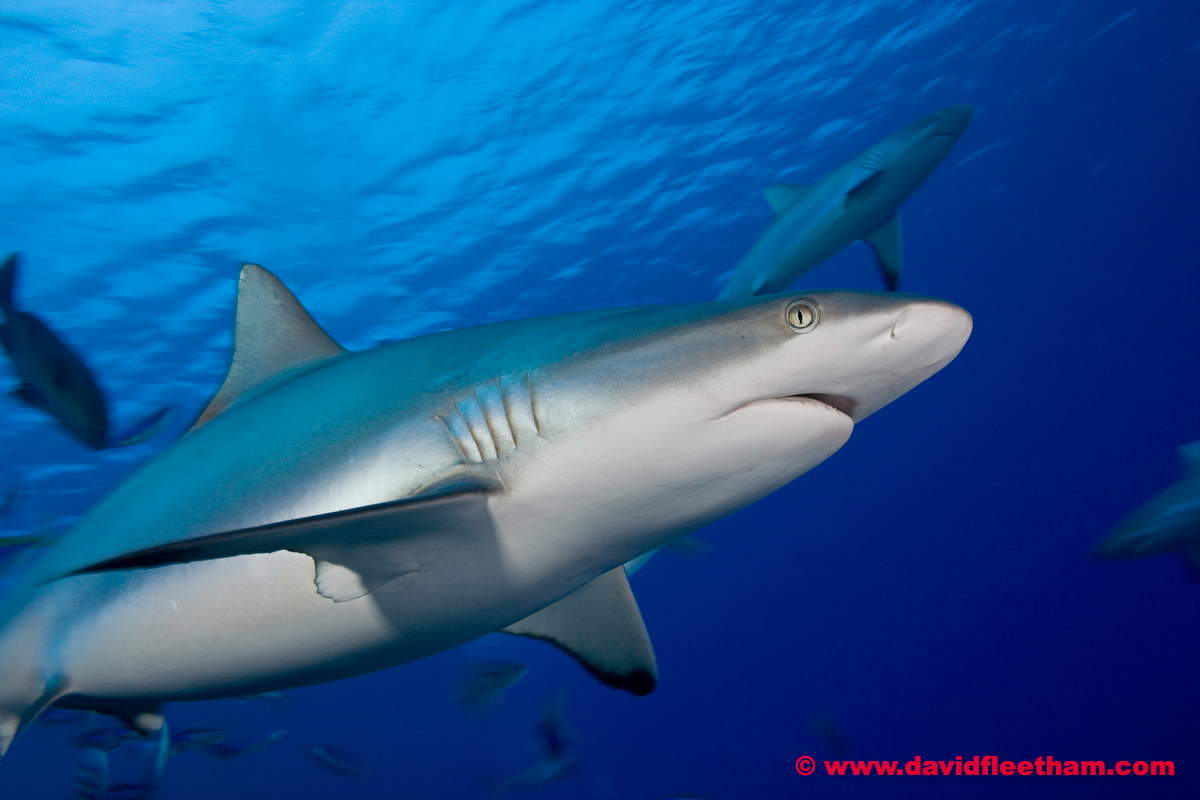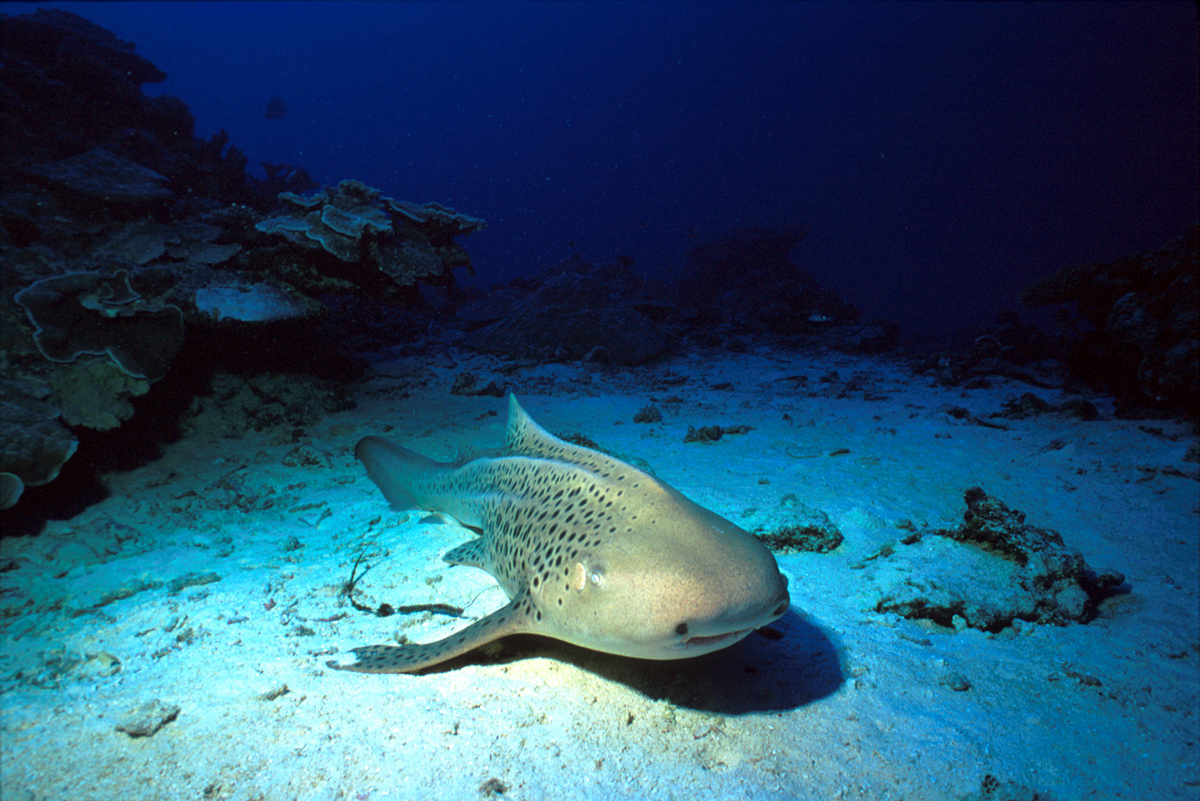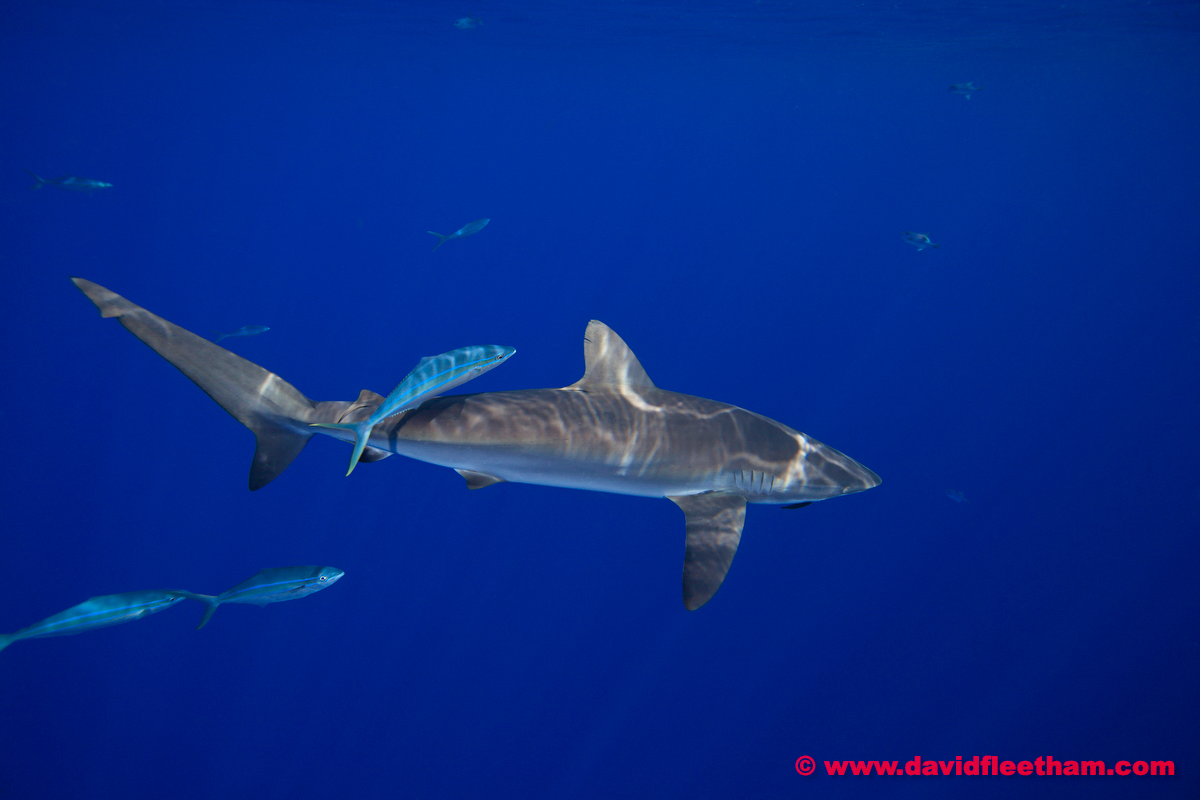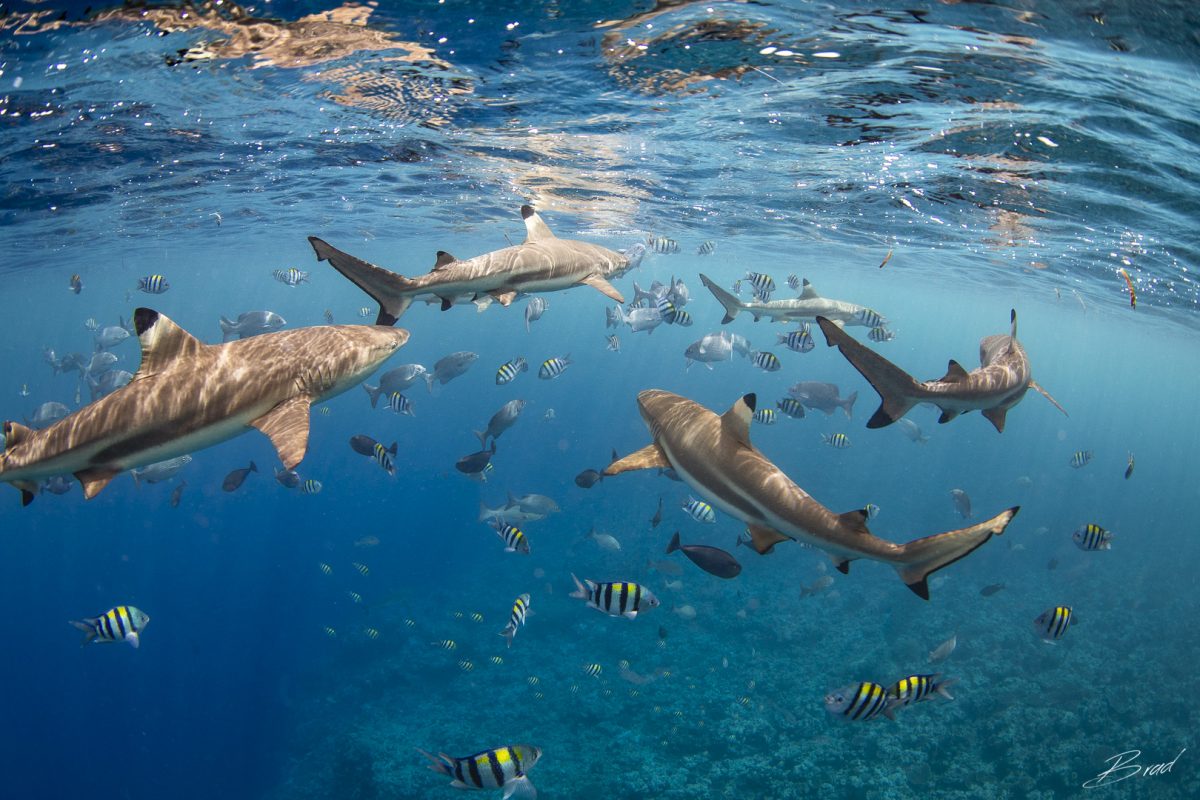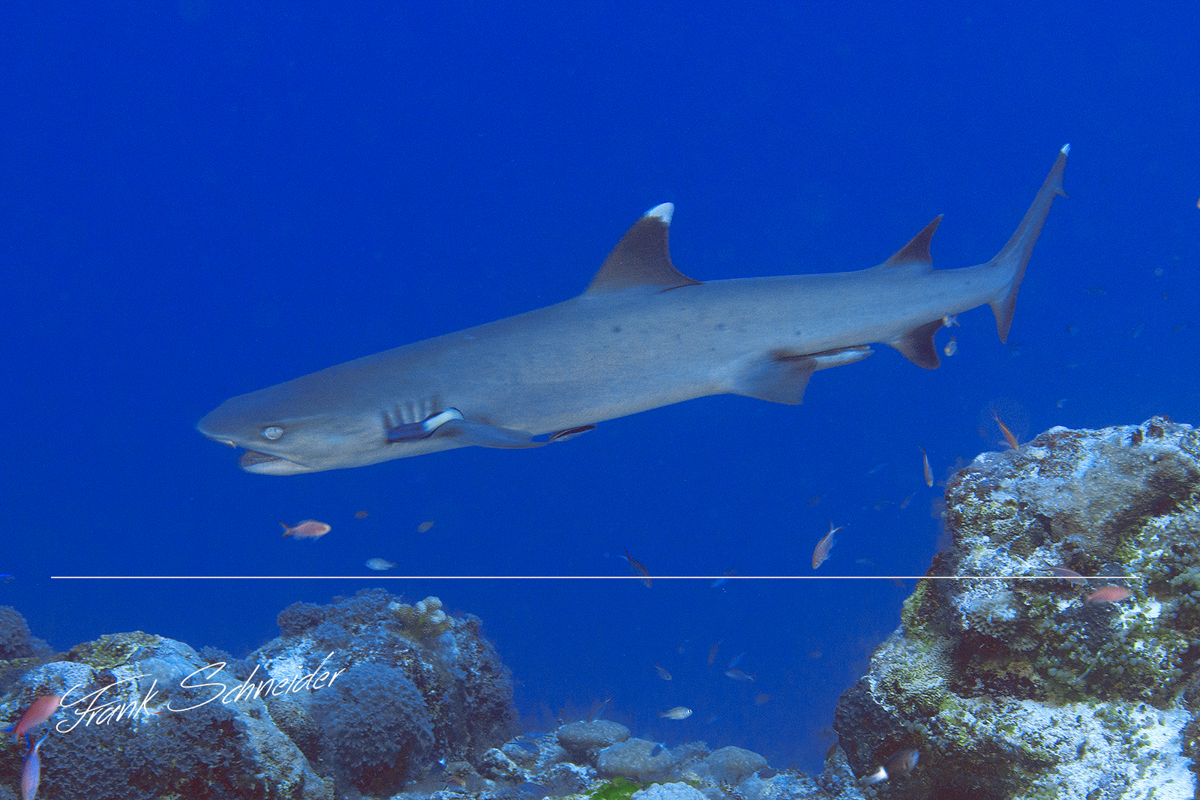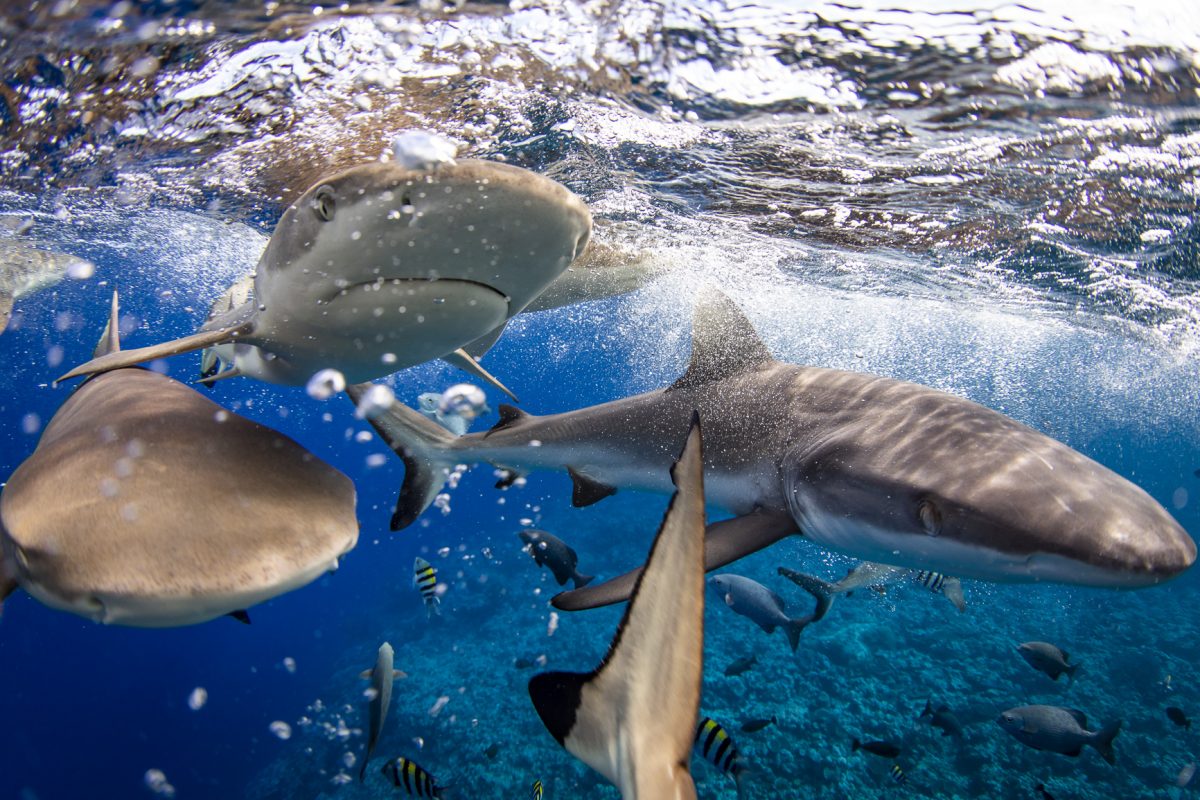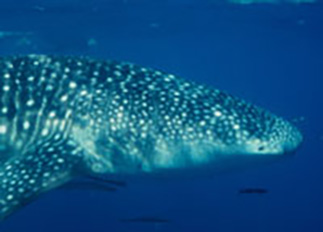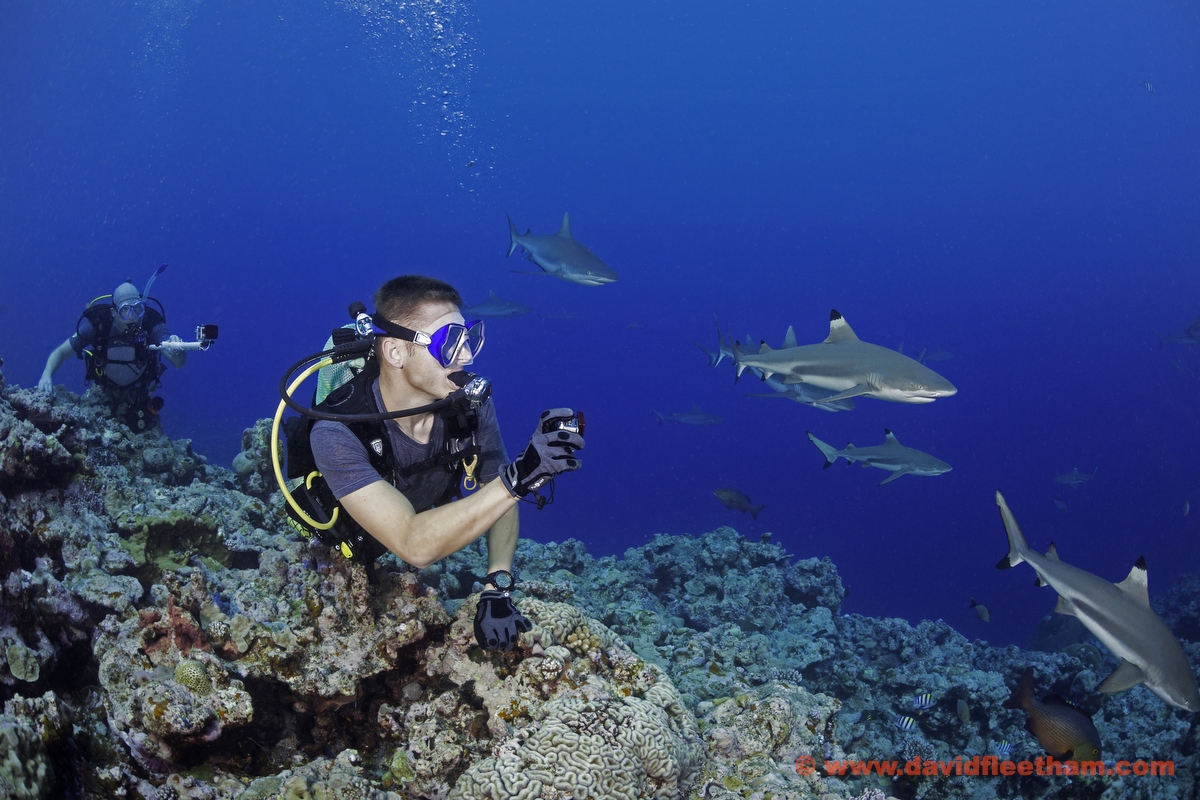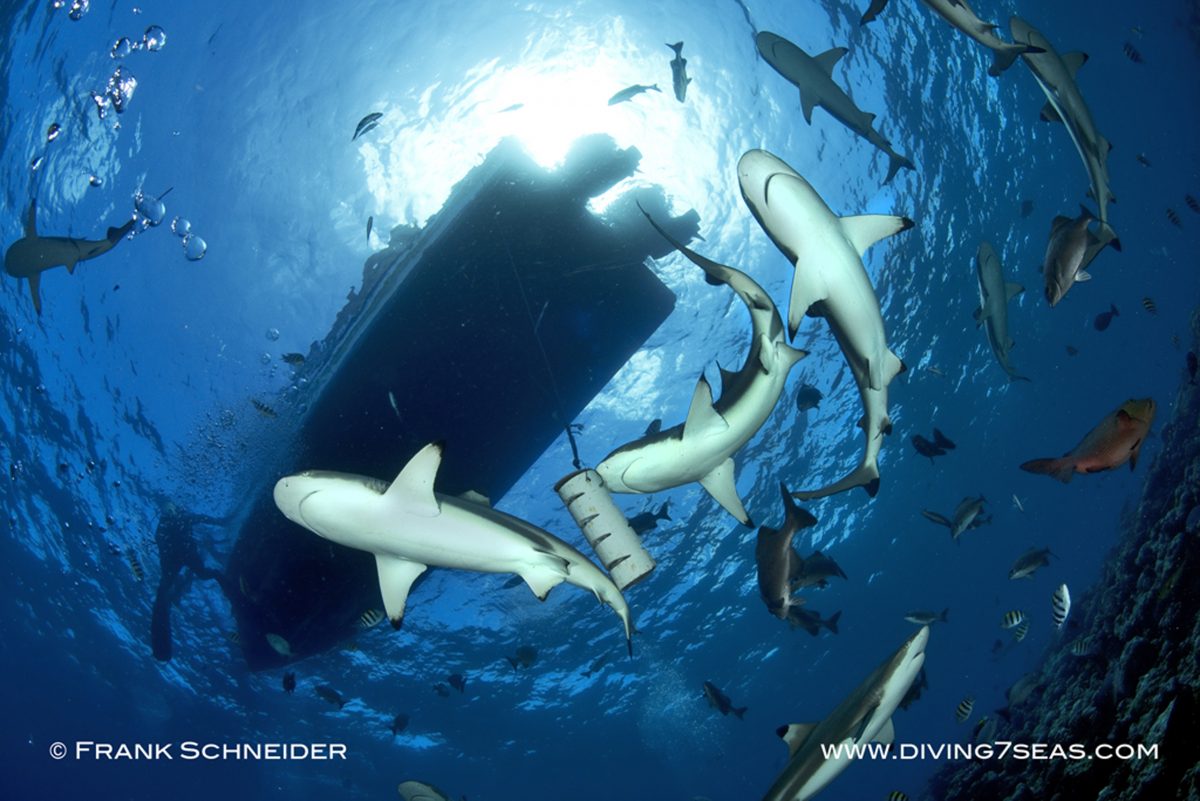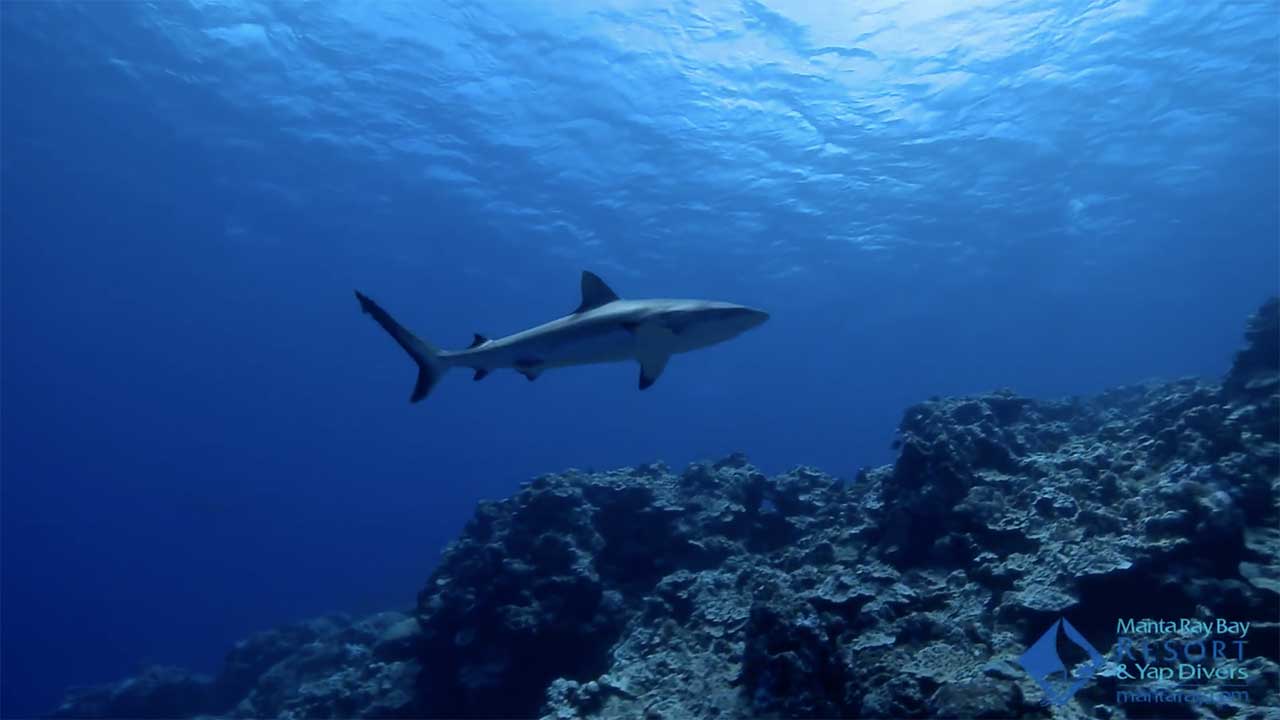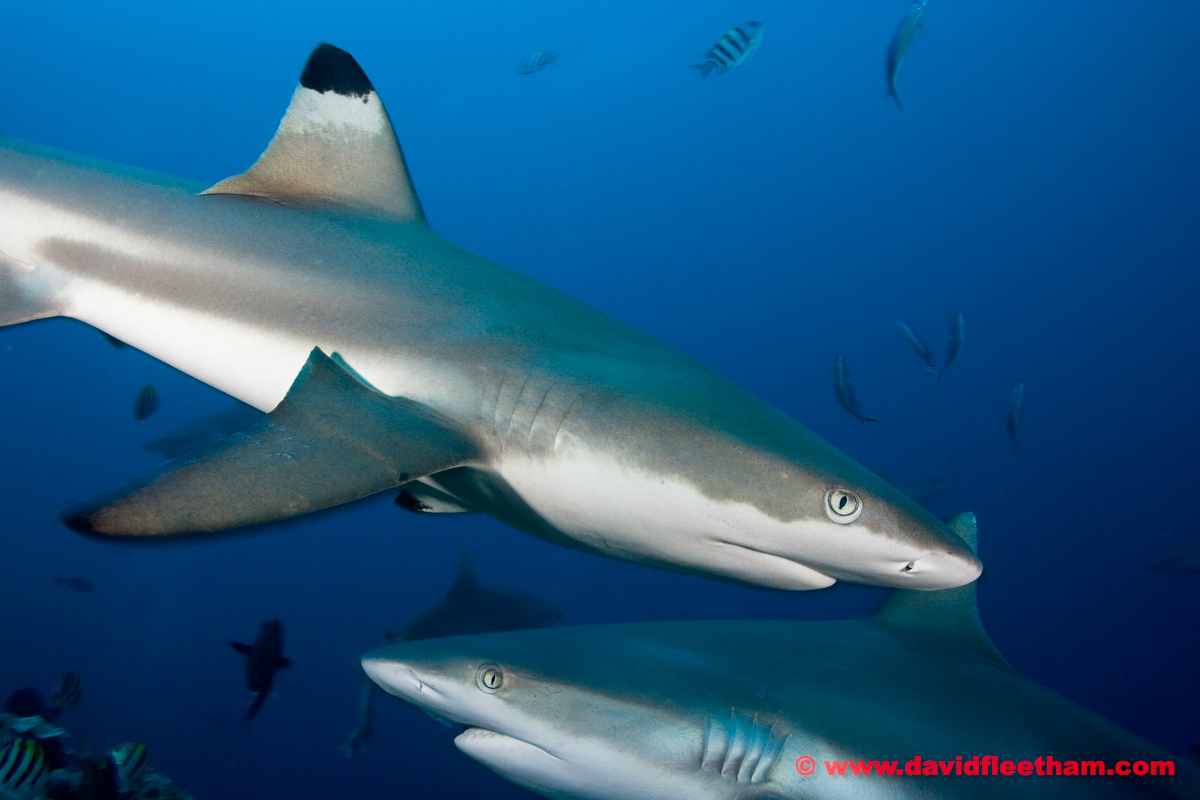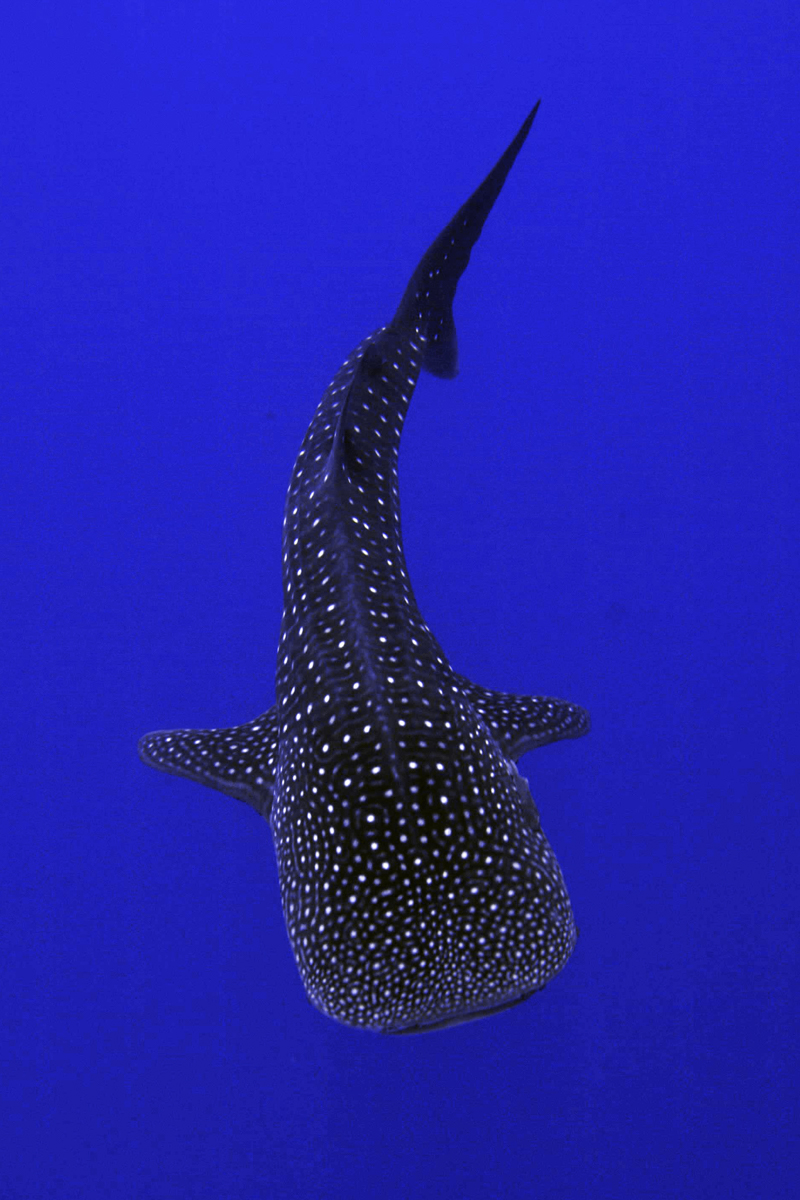Shark Diving
Most Reviewed Dive!
- experience, encounter, observe
- Micronesia’s best shark dive
- Vertigo – simply awesome
- Sharks Galore in Yap
Yap is a world-class location for diving with reef sharks. Thanks to our healthy shark stocks, encounters with the three most common species, – Grey Reef Shark, Blacktip Reef Shark, Whitetip Reef Shark, are guaranteed during a dive package. In fact, reef sharks are encountered on almost every dive site.
Daily shark diving, special shark feed dives, and Vertigo, Micronesia’s best shark dive!
Manta Ray Bay makes your Shark Day happen
With more than two decades of professional shark diving under the belt, Yap Divers will do the best to ensure you will enjoy your encounters with the gracious “tigers of the sea.” Apart from the Whitetip Reef Shark, who can often be observed resting on the bottom of the reef, most encounters will begin with an animal passing below or in front of you in the open water. Depending on the interest of the shark it will either leave the scene, or come closer to investigate you. Usually, a distance of three meters is sufficient for most sharks to make use of their sensing organs, the “Ampullae of Lorenzini” and “lateral line.” However, it is always possible that a shark approaches you at a closer distance, which is NO reason to feel threatened.
Vertigo… A Shark Diving Must
A definite “must-do” for shark friends is our shark feeding at Vertigo Reef. The sharks are already present on spot, but once the chumsickle is in the water their elegant semblance rapidly changes for their hunting mode. More than 15 reef sharks, mostly Grey and Blacktip Reef Sharks, will speed up to get their share of the bait as the divers sit still on the balcony formed by an array of dead hard corals. Note that the sharks are very much focused on the bait, they hardly seem to notice the divers.
We take great pride in our professional shark feedings – in all of our 25 years, we have never had an accident with the animals. Many pro photographers and videographers worked with Yap Divers because we can provide and handle the rare opportunity to really get eye-on-eye with the sharks. This is clearly something you really should not miss out on to make your Yap experience complete!
Most Common Shark species to Yap Divers
Gray Reef Shark
Behavior towards divers – The popular “territorial behavior“ associated with hunching, threat displays and fake attacks is uncommon around Yap’s main island even though this body language was first described relatively close to Yapese waters in the Marshall Islands.
Yap – Yap has a healthy population, that are usually more restricted to the outer reef, but they can also be seen in the Mi’l and Goofnuw channels. Big numbers are more regular on the West coast like Yap Corner (incoming water), where we often see small juveniles! Encounters are also frequent in Yap Caverns once you enter their territory of the slope in 80ft (25m). However, the biggest population is found at Vertigo at depths lesser than 45ft (15m). This spot is not only used for our shark feeding but also serves as a mating ground for Yap’s population of the Grey Reef Shark. The staff of Yap Divers & Manta Visions witnessed and filmed gatherings of more than 40 specimens in recent years. – Wikipedia
Whitetip Reef shark
Behavior towards divers – Highly individual. Some animals will avoid divers and swim away when approached, others do allow divers to get as close as a few inches. The species is considered harmless, still, it is a wild animal that should never be cornered.
Yap – In Yap, this shark is abundant and can be seen virtually everywhere, even close to the mangroves and in the vicinity of Manta Ray Bay Resort. The bottom of reef channels like Mi’l and Goofnuw (between 30-72ft) is home to a number of white tips. On these spots, it is not uncommon to see more than 5 white tips in one dive. Larger specimens are usually seen swimming by on outer reef sites like Yap Corner, Yap Caverns, or in the Main Channel. – Wikipedia
Blacktip Reef Shark
Behavior towards divers – The species is not considered dangerous for humans, still, it should be treated with respect as it can be very inquisitive, especially when there is food in the water.
Yap – In Yap, this shark species is more often seen on the Western side of the island. Even though it can be seen in various places like for instance in Yap Caverns, Vertigo is the prime spot to go. The reef flat of this place is a territory for 5-10 blacktip reef shark that can be most often seen in depths less than 30ft (10m) since the deeper part of the reef is inhabited by grey reef sharks, which dominate over the smaller and less bulky blacktip reef sharks. – Wikipedia
Sharks Galore
In addition to Grey Black and Whitetip reef sharks, 12 other species have been known to make friends here in Yap including Oceanic Whitetip, Oceanic Silvertip, Nurse, Lemon, Scalloped Hammerhead, Silky, Leopard, Tiger, and Whale shark.
Silky shark
Behavior towards divers – An encounter with a silky shark is a rare event (Silkies are true open-water species). Silky sharks are not known to be aggressive species, but divers should keep calm when they are being checked out by this beautiful hunter. The calm nature of silkies quickly changes for the worse when carcasses of big fishes, oceanic whitetips (these two, rival against each other), or when whales are around.
Yap – There are plenty of silkies in Yap’s offshore waters and around Hunter’s Seamount. This is the most abundant shark species seen feeding on bait balls, and they often scavenge on hooked tunas and jacks as experienced by us on a regular basis. As a pelagic shark, the silky rarely makes incursions to the coastal reef, but sometimes one or two show up when a shark feeding takes place in Vertigo. – Wikipedia
Whale Shark
Behavior towards divers – The biggest fish in the world can be moody: most whale shark “veterans” suggest that there three kinds of whale sharks: 1) players, 2) travelers, 3) ignorant ones. Whale sharks can be approached both with SCUBA or snorkel. There is no need to try to interact with a “traveler” type of whale shark; they can be so much faster than they appear to be when seen on TV.
Yap – Contrary to public belief, scientists have disapproved of the theory that whale sharks follow migratory patterns throughout the Pacific and Indian Oceans. There are however hotspots for the species, and Yap is not one of them. On the other hand, sightings occur every year, mostly around the Southern tip of the island, between Land’s End and Yap Caverns. – Wikipedia












